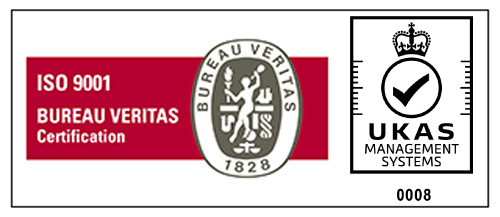Shipbuilding

Murakami Hide Shipbuilding is sincerely responding to client’s feedback and with the Japanese spirit of harmony, the staff are all working hard together to build high quality ships.
Let me introduce the shipbuilding processes. See how a ship is built with the latest technology.
PROCESS OF
SHIPBUILDING
Design
After the shipbuilding contract with the shipowner is completed, design work commences. Basic design will be made in accordance with the ship specifications in the contract. The information from the basic design will be used to create the detailed designs. In the detailed designs, we create three-dimensional advanced designs, ship strength and structural designs.

Cutting
A state-of-the-art NC automatic cutting machine controlled by a computer according to the design drawing cuts a steel plate as thick as 30 mm according to the drawing.

Bending
Complex curves near the ship’s bow and stern are bent according to design by the repeated process of heating with a gas burner and cooling with water. This process, called line heating, requires a high degree of craftsmanship. Large curved parts are bent using a large press machine.

Sub-assembly
We use the block construction method in shipbuilding. The construction period is shortened by dividing the hull into dozens of blocks. Pressed or bent plates are joined together by welding to make small blocks.

Assembly
The small blocks are then joined together to make bigger blocks. By repeating this process, these blocks will form into large building blocks. It is said that some blocks can weigh from tens to hundreds of tons.

Erection
The large assembled blocks are mounted on the slipway using a large crane. All blocks are carefully welded together to complete the shape of the ship.

Launching
Ship launching is a very important event in shipbuilding. This is the moment when the ship is “born”. The shipowners are invited to attend the Launching Ceremony. During the Naming part of the ceremony, the ship will be named for the first time and champagne cord will be cut. The champagne bottle will hit the ship’s bow and break. The kusudama (ball lantern) will open, colorful tapes will fall and balloons will fly into the sky. With loud cheers and big applause, the ship is born!

Outfitting
The process of installing various equipment such as the engine, electrical wiring, pipes and seafarer’s living quarters is called outfitting. Depending on the outfitting specifications, the work can be divided into three types: hull outfitting, engine outfitting and electrical outfitting. Each work is a complicated task. Careful planning of the schedule of when and what kind of equipment to install and its movement and inspection is very important. When the installation and inspection of the bridge, switchboard, radar, engine equipment and seafarer’s living quarters, and others are completed, the ship is ready for a Sea Trial.

Sea trial
During the sea trial, the engine is run at full rated rpm and the ship sails back and forth at a certain distance to conduct performance tests such as speed test, maneuverability test and turning performance test.

Delivery
When all inspections are completed, the ship will be handed over by the shipyard to the shipowner. The Delivery ceremony is also a spectacular event as the Launching ceremony.
Repair
Every five years, the ship returns to the shipyard for inspection and repair works. The engine, other propulsion systems, hull, rudder, propeller, anchor and other parts of the ship are inspected. If there is a problem, the ship will be dry docked and repair works will be conducted. After the dry dock, the ship is ready for its next voyage.


